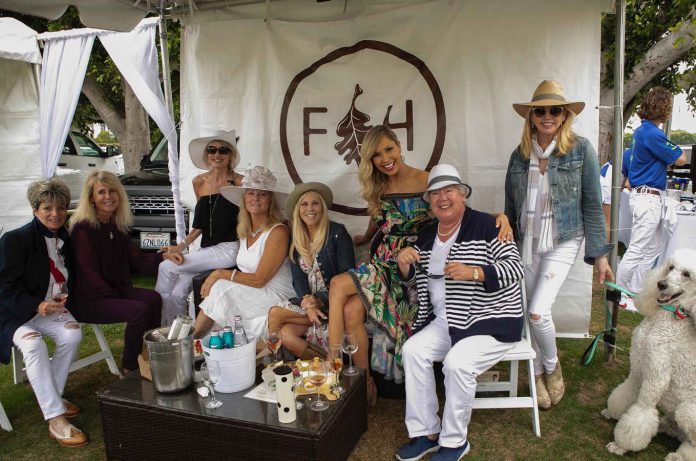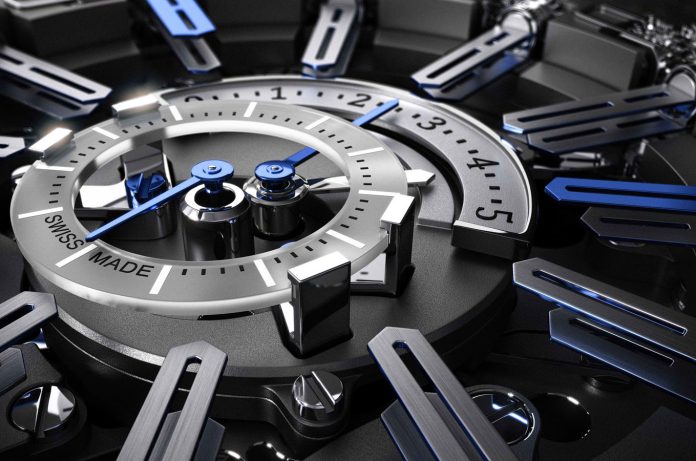Going hand in hand with the rising temperatures and heat, the competition on the field at Santa Barbara Polo & Racquet Club also heats up as the Club heads towards the High-Goal (16-Goal) Season at the Engel & Volkers Polo Stadium. Adding to the intensity of the competition along with World-class players, the High Goal Season will host the Ladies Hat Day for off-field guests and the Silver Air USPA Pacific Coast Open. Ladies Hat Day, a tradition of Sunday Polo returned to the club on Sunday, July 21, during the Belmond El Encanto Robert Skene rophy Final. The fashionable competition encouraged the Polo fans of all ages to don their best hats to enter the contest.

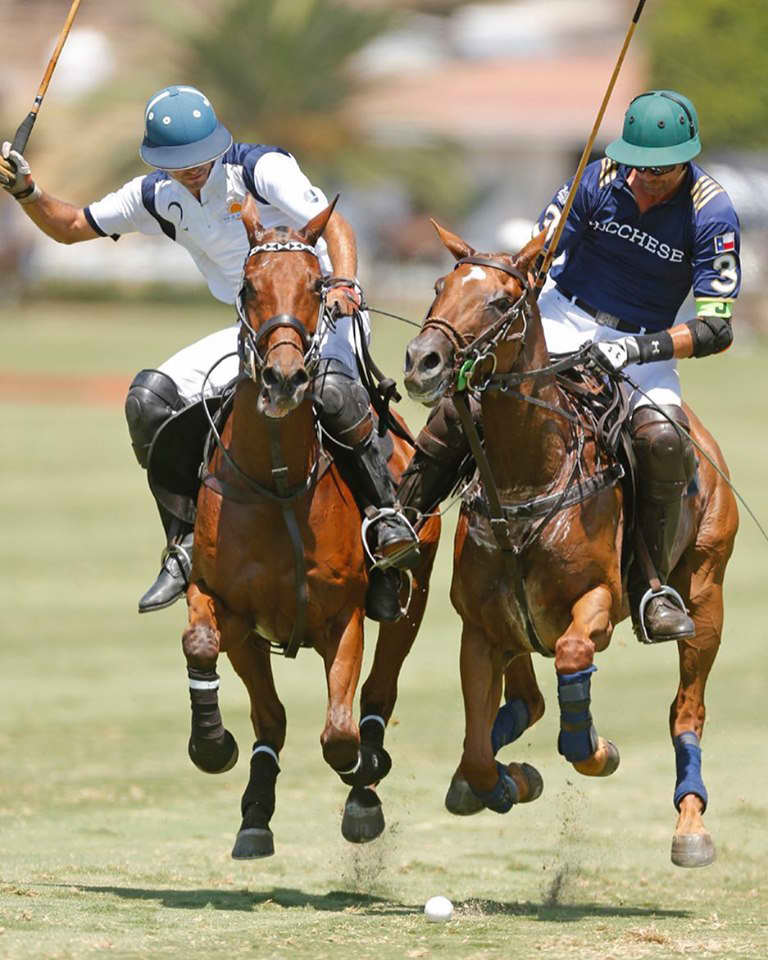
The 16-Goal series kicked off with the Belmond El Encanto Robert Skene Trophy on 14th July at the club. In the semi-final matches played on Friday, Bensoleimani.com defeated Lucchese 9 goals to 7 and Farmers and Merchants Bank Two beat Sol de Agosto 11 goals to 8. The 16-Goal Series continues with the Robert Skene Trophy Final and the remaining schedule of the 16-goal series will proceed with the Farmers & Merchants Bank USPA America Cup, played over a course of 2 weeks from July 26 – August 11. The Silver Air Pacific Coast Open, the last tournament of the high-goal series, will kick off at the Polo fields of Santa Barbara Polo & Racquet Club on August 15 and will be played till 1st September.
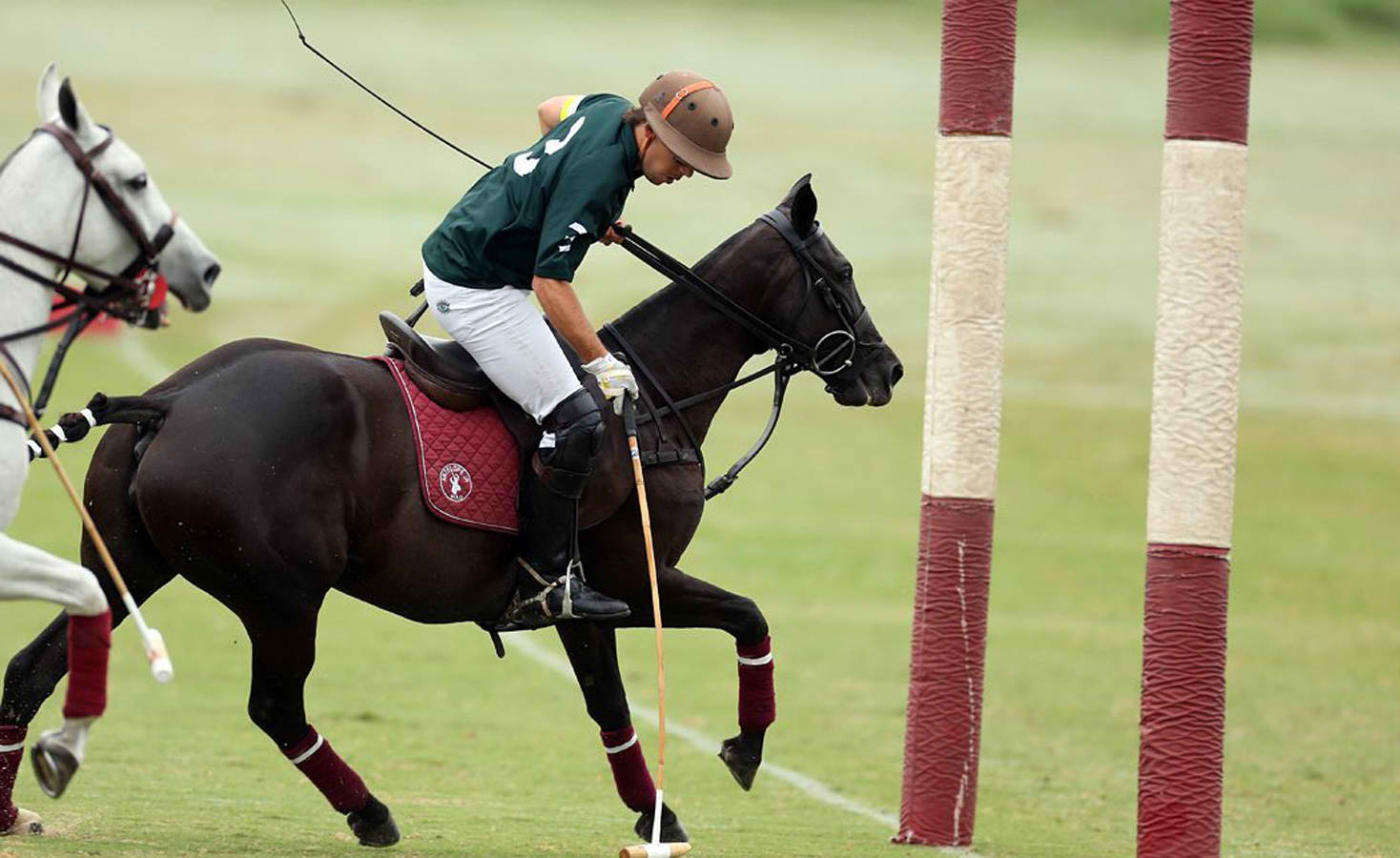
Played over a course of three weekends, The Silver Air USPA Pacific Coast Open is the premier Polo event on the West Coast and the peak of high-goal season at the club. The Santa Barbara Polo & Racquet Club has invited the guests to tailgate for the final championship of the high-goal season on Sunday, September 1.
Guests may bring blankets, chairs, and picnics, and enjoy Sunday Polo fieldside. One of the most popular parties of Polo, the Afterparty at Santa Barbara Polo & Racquet Club will also continue throughout the summer after Sunday polo matches, where guests can enjoy a no-host bar, music, and dancing.

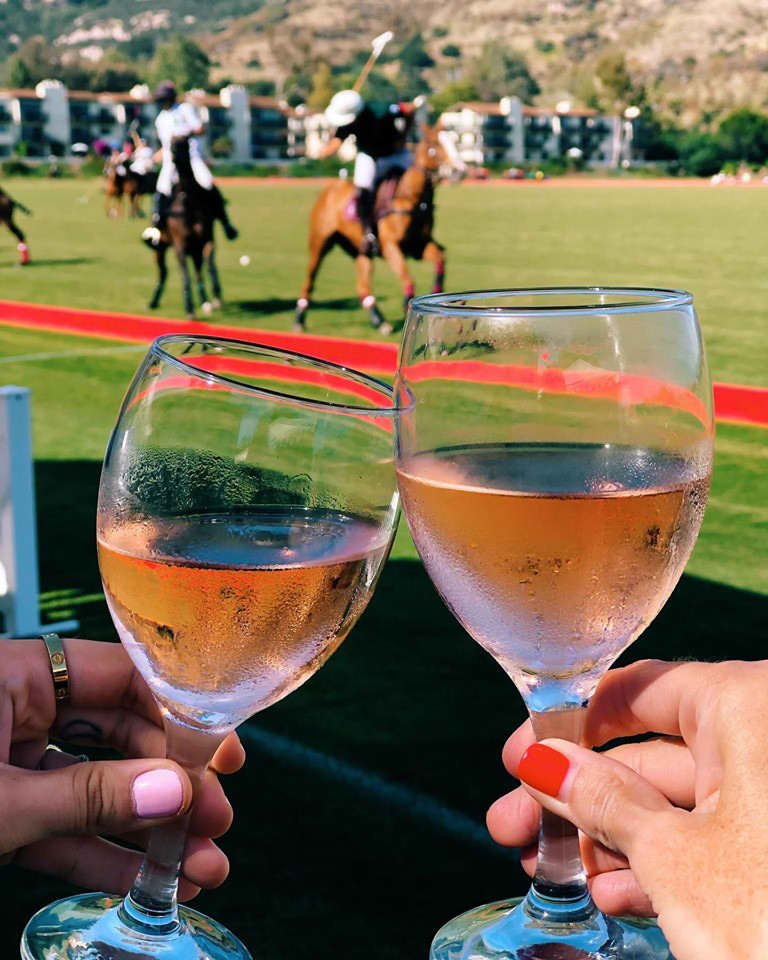
About the Club:
Nestled between the Santa Ynez Mountain foothills and the Pacific Ocean, the Santa Barbara Polo & Racquet Club enjoys an array of amenities including well-manicured Polo fields that last over 87 acres, two clubhouses, stabling, swimming pool, Jacuzzi, and eight tennis courts. One of the finest Polo Clubs in the United States, the Santa Barbara Polo & Racquet Club has a deep-rooted rich history to it.
An exhibition Polo match was first played in 1894 at the Santa Barbara Agricultural Park’s Flower Festival. The match invigorated the locals towards the sport and by 1902, the fledging Club boasted a 40-member roaster.
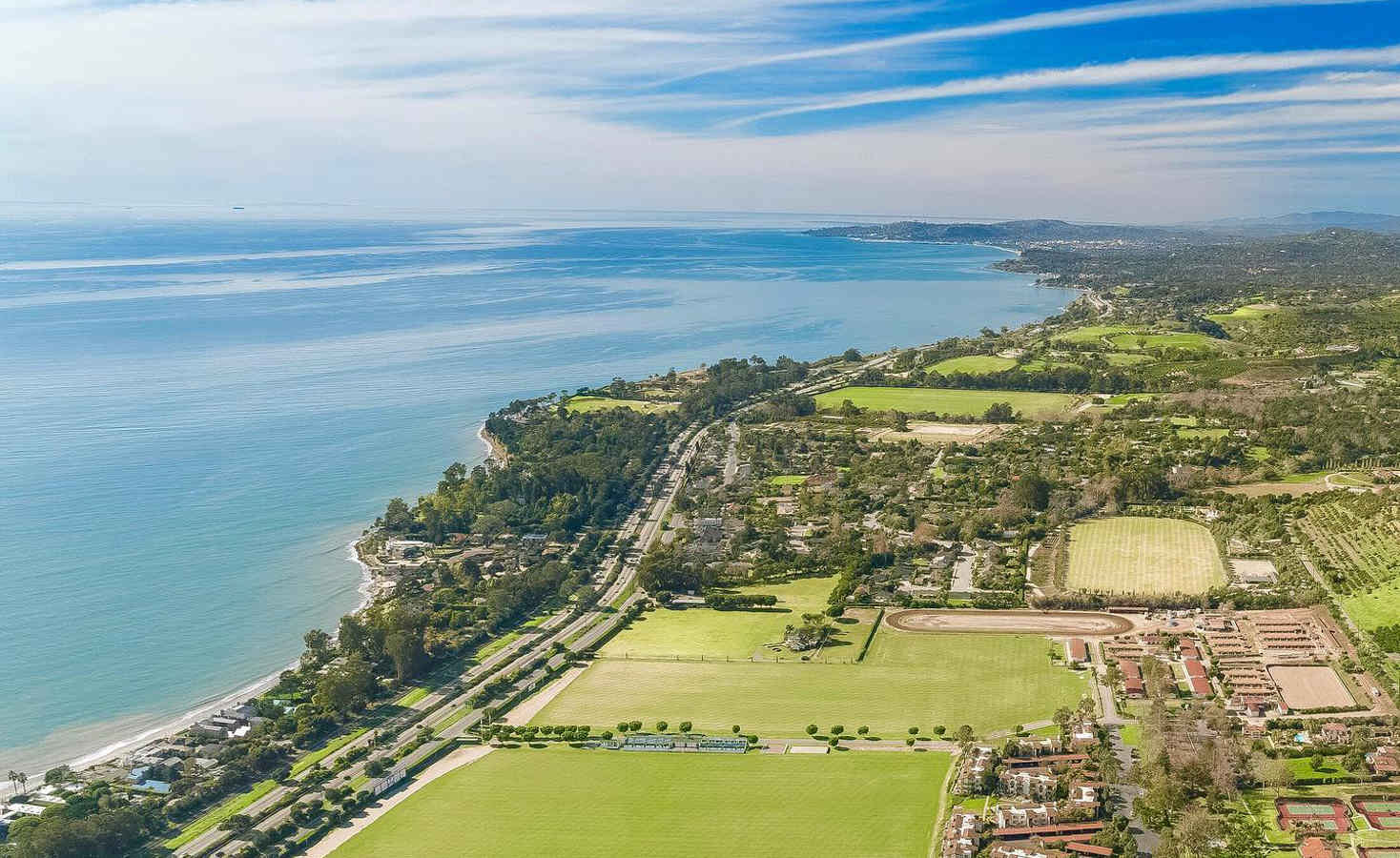
The third oldest United States Polo Association Polo Club in the United States, Santa Barbara Polo & Racquet Club was founded in 1911. Polo flourished within the community drawing players to play the sport. The late ’20s and the mid-‘30’ was the golden era of the Santa Barbara Polo & Racquet Club. The time saw teams, horses and players arrive by train, unload from the stock cars, and walk through downtown Santa Barbara all the way to the club. The players used to grace the fields on the matchdays while the guests, soothed by the sounds of the nearby ocean, basked in the mountain views and enjoyed the Players’ skills.
The year 1942 saw an unexpected suspension of Polo as the first enemy bombardment on the American Soil since the war of 1812 occurred in nearby Goleta. The community put all its energy into the war effort and the Club’s Polo fields were used to the station and train soldiers. The 1950s brought renewed interest in the sport as the club saw several avid Polo families shift towards the area allowing Polo to thrive once again at the club.
The success of Polo at the club led to the U.S. Open Tournament being played in 1963 and 1966 at the club. The arrival of more Polo families in the 1970s forced the club to renovate to encourage a new rejuvenation in Polo. This included 141 deluxe condominium units, 2 swimming pools, a Jacuzzi, eight tennis courts, a tennis clubhouse, an exercise track for the horses, an arena, stabling for 350 horses, and three-level turf fields. The club developed multiple leagues of Polo to attract new players at various skill levels during the 1980s and this step ensured Polo enthusiasm amongst the club members and players to this day.


